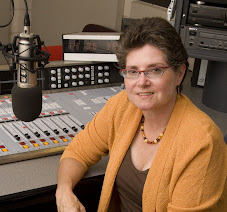Community organizing got a lot of attention in the recent election. ACORN, the Association of Community Organizations for Reform Now, sponsored voter registration drives that were criticized as fraudulent by conservatives. Barack Obama worked as a community organizer on the South Side of Chicago, trying to help a neighborhood recover from the loss of steel mill jobs. Sound familiar?
Community organizing is a model for bringing people together and helping them claim power and create change. Its roots lie in the Industrial Areas Foundation created by Saul Alinsky in the 1940s, but it has been practiced in cities around the country. Community groups have organized for better housing, expanded transportation, raising the minimum wage, improving schools, and much more. At the heart of the community organizing process are conversations, called “one-on-ones,” in which organizers listen to ordinary people talk about what they care most about. From there, it’s all about networking, facilitating, and supporting local people as they become their own leaders. As DaMareo explains, community organizers don’t push their own agendas. They bring people together to pursue their own concerns.
Youngstown has no shortage of community groups and individuals who want to make things better. We also have a reputation as a community in which it’s hard to create change. Groups hold tight to their power, positions, and connections, and some are unwilling to share credit or ideas. Distrust and a sense that groups must compete for scarce resources create barriers that keep us all working separately. For the MVOC, the challenge will be to create coalitions that can break down those historic boundaries and reach across long-standing divisions. DaMareo Cooper brings a positive attitude to that effort, as well as a deep understanding of the organizing model. I hope they will serve him and his colleagues well. We need them.
